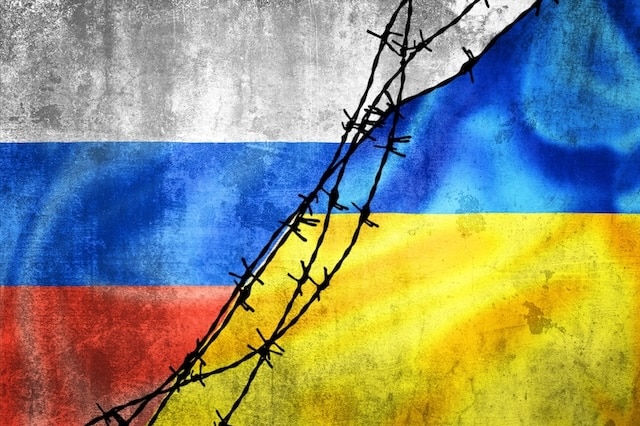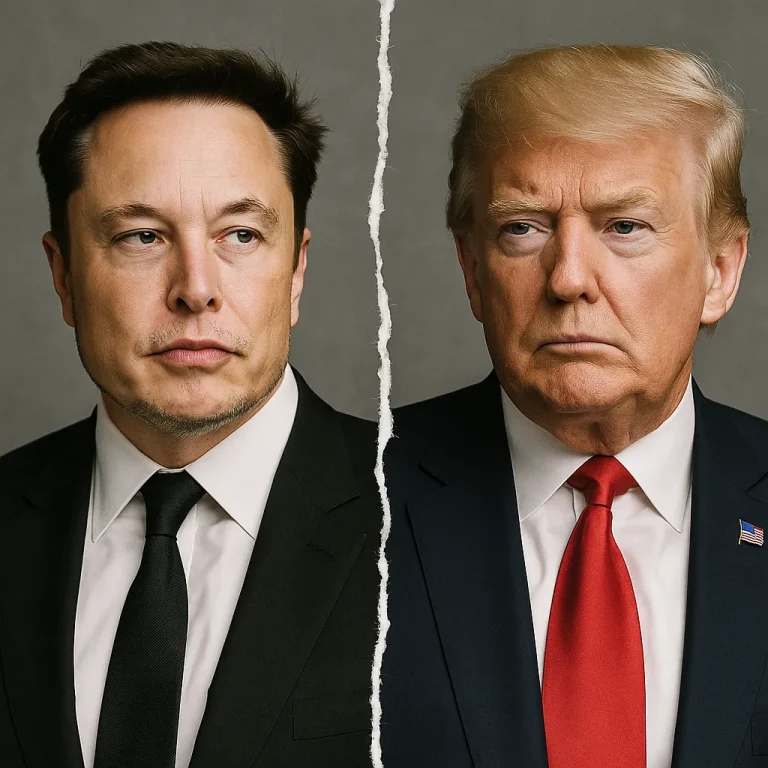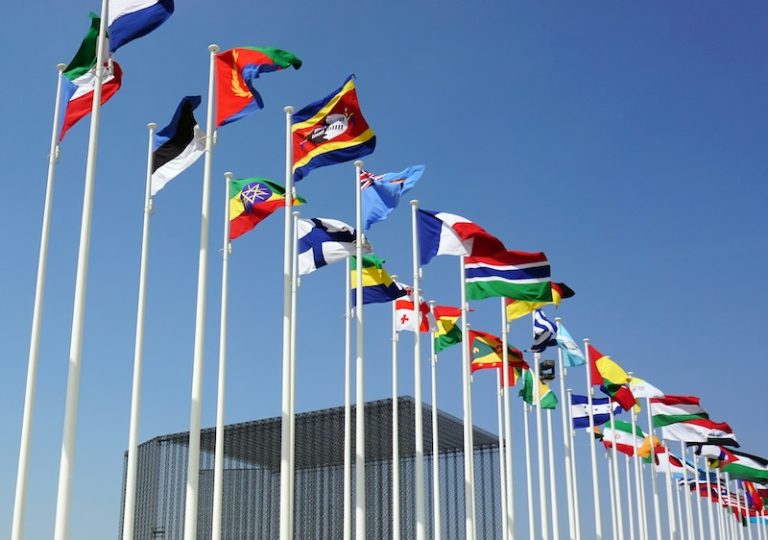
Photo:Adobe Stock
Ukraine Kerch Bridge attack 2025 – By PeanutsChoice for CitizenOfEurope.com
On June 3, 2025, Ukraine’s Security Service (SBU) executed a precision attack on the Kerch Bridge, the strategic and symbolic structure linking mainland Russia to occupied Crimea. This marked the third major Ukrainian strike on the bridge since 2022, further destabilizing one of Russia’s most crucial military supply routes and sending a powerful message to both Moscow and the international community. This incident is already trending under high-interest keywords like Ukraine Kerch Bridge attack 2025 and Russia Crimea bridge explosion.
1. Why the war Matters: Disrupting Russian Supply Lines and a Powerful Symbol
The Kerch Bridge is not just a logistical link—it’s a political landmark. Opened by Vladimir Putin in 2018, it physically represents Russia’s control over Crimea. The bridge has become a military lifeline for Russian forces in southern Ukraine, transporting weapons, troops, and supplies into contested territories.
By attacking the bridge, Ukraine isn’t only slowing Russian logistics. It’s making a statement: the annexation of Crimea remains illegitimate, and Ukraine will continue to contest Russian dominance in every possible way.
Analysts argue that this strike—delivered with around 1,100 kg of underwater explosives—will complicate Russian troop movements and delay resupply efforts for weeks. That gives Ukrainian forces much-needed breathing space as they regroup along frontlines in Zaporizhzhia and Donetsk.
2. The Attack: Planned, Precise, and Public
At 4:44 a.m. local time, the SBU triggered an underwater detonation that damaged one of the key bridge supports. Ukrainian sources say the operation had been months in the making, using advanced marine drone technology to evade Russian defenses.
Footage shared on social media showed brief structural damage and halted traffic, with one truck driver describing the “explosion like a deep tremor under my wheels.”
While Moscow initially claimed there was “no structural damage,” satellite images released the next day contradicted that narrative, showing visible stress points on the underwater pillars.
This attack demonstrates Ukraine’s increasing capability to strike behind enemy lines and challenge Russian control in Crimea without needing large-scale troop deployments.
3. Reactions: Public Messaging and Global Spin
Ukraine’s Position:
Ukrainian officials, including SBU head Lt. Gen. Vasyl Malyuk, confirmed the operation and called it a “measured and justified military action.” President Volodymyr Zelenskyy praised the strike as “a step toward reclaiming our sovereignty.”
Russia’s Position:
Kremlin spokesman Dmitry Peskov minimized the attack, stating that “bridge operations resumed quickly and safely.” State media avoided coverage for several hours, later releasing pre-recorded footage to project business as usual.
International Reactions:
NATO officials remained quiet, though anonymous European diplomatic sources told Politico Europe the strike “reflects Ukraine’s legitimate right to defend its territory.” Meanwhile, China issued a muted call for “restraint from all parties,” underscoring the delicate geopolitical balancing act.
4. What This Means for the War—and the World
Ukraine’s strategic targeting of infrastructure highlights a new phase in the conflict, where advanced technology and tactical precision outweigh brute force. This wasn’t a random attack—it was designed to weaken Russian momentum, especially ahead of expected summer offensives.
It also shifts global perception. Many observers now see Ukraine’s ability to penetrate Russian fortifications as a sign of rising competence and innovation within its military.
The ripple effects may also hit diplomatic efforts. Moscow is expected to use the attack as justification to intensify airstrikes across Ukraine. That risks further undermining fragile talks mediated by Turkey and Switzerland.
5. Civilian Impact: Mobility, Morale, and Market Uncertainty
The Kerch Bridge doesn’t only serve the military. It’s a major civilian transit point, and its partial shutdown has disrupted daily life in Crimea and southern Russia. Supply delays have caused price spikes in groceries and fuel, and tourism bookings to Crimea have dropped sharply.
Local residents, many already enduring rolling blackouts and rationing, fear a military escalation in response. In interviews with Deutsche Welle, several Crimean citizens expressed concern that the peninsula could become a future frontline.
For Ukraine, the morale boost is palpable. Social media lit up with memes, tributes, and even music videos commemorating the strike. In a war where hope is a scarce resource, even symbolic victories matter.
Conclusion: Strategic Shockwaves in a War Without End
The strike on the Kerch Bridge will not end the war. But it changes the map—both literally and metaphorically. For Ukraine, it proves that no Russian stronghold is untouchable. For Russia, it’s a wake-up call that its southern flank remains vulnerable.
In an increasingly digital, drone-driven battlefield, infrastructure attacks like this will become more common. The world watches, nervously, as this war evolves into a high-tech contest of endurance, precision, and political will.
Sources:
- The Times UK, June 2025
- New York Post, June 2025
- ABC News, June 2025
- Wall Street Journal, June 2025
- Washington Post, June 2025
You may like: What the EU-US Trade Clash Means for You: Rising Costs, Broken Alliances, and Shaky Futures


